
Ingredient
Bitterblad leaves
The Bold and Bitter Bites: Exploring the World of Bitterblad Leaves
Bitterblad leaves are dark green, elongated leaves with a slightly rough texture. They have a bitter taste that is often described as intense and earthy, with hints of bitterness similar to dandelion greens or arugula. The leaves are typically harvested when young and tender, as they become more bitter as they mature. Bitterblad leaves are commonly used in African, Asian, and Caribbean cuisines, where their unique flavor is highly valued.
Origins and history
Bitterblad leaves have a rich history and are native to West Africa. They have been used for centuries in traditional medicine and culinary practices in countries such as Nigeria, Ghana, and Cameroon. Bitterblad leaves are deeply rooted in African culture and are often incorporated into dishes such as soups, stews, and traditional herbal remedies.
Nutritional information
Bitterblad leaves are a good source of vitamins A, C, and K, as well as minerals like calcium and iron. They are low in calories and carbohydrates, making them a nutritious addition to a balanced diet.
Allergens
There are no known allergens associated with bitterblad leaves.
How to select
When selecting bitterblad leaves, look for fresh, vibrant green leaves that are free from wilting or discoloration. Avoid leaves that appear yellow or have brown spots, as these indicate age or spoilage. Opt for leaves that are young and tender for a milder bitterness.
Storage recommendations
To maintain the freshness and quality of bitterblad leaves, store them in a plastic bag or airtight container in the refrigerator. They can stay fresh for up to a week when properly stored.
How to produce
Bitterblad leaves can be grown in a home garden or container with well-drained soil and ample sunlight. They thrive in tropical or subtropical climates and require regular watering and occasional pruning to maintain their growth.
Preparation tips
Before using bitterblad leaves, rinse them thoroughly under cold water to remove any dirt or debris. To reduce the bitterness, blanch the leaves in boiling water for a few minutes, then drain and squeeze out excess moisture. Bitterblad leaves can be used in a variety of dishes, including soups, stews, stir-fries, and salads. They pair well with ingredients like tomatoes, onions, garlic, and spices to balance out the bitterness.
Culinary uses
Bitterblad leaves are commonly used in traditional African dishes such as Egusi soup, Bitterleaf soup, and Ofe Onugbu. They can also be added to stir-fries, sautéed with other vegetables, or used as a garnish for added bitterness and flavor.
Availability
Bitterblad leaves are commonly available in West African markets and specialty stores. They can also be found in some Asian and Caribbean grocery stores.
More ingredients from this category

New Zealand spinaches
The Versatile Green Delight

Tannia leaves
The Versatile Tannia Leaves
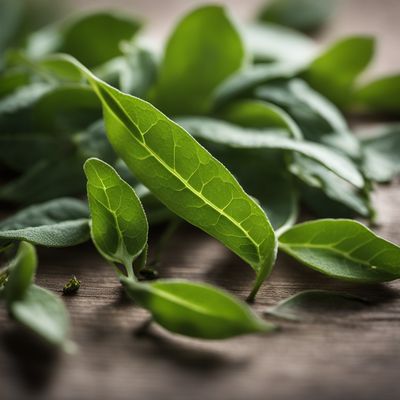
Oraches leaves
The Versatile Green: Oraches Leaves

Bitterleaves
The Bitter Beauty
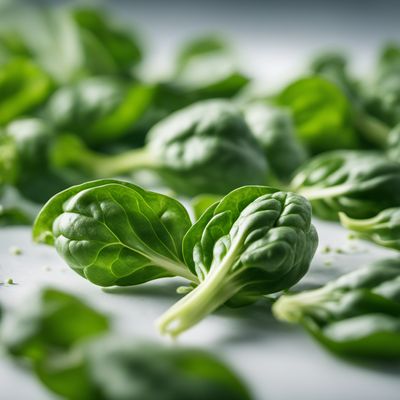
Spinaches
The Mighty Leafy Green
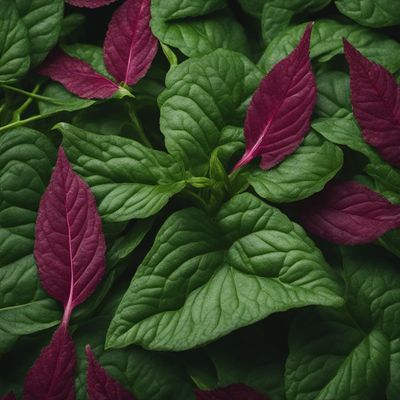
Amaranth leaves
The Nutrient Powerhouse: Exploring the Versatility of Amaranth Leaves
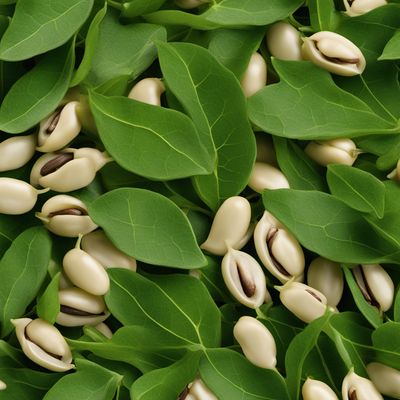
Black eyed peas leaves
Leafy Goodness

Cassava leaves
The Green Delight: Unveiling the Nutritional Powerhouse of Cassava Leaves

Sweet potato leaves
The Leafy Marvel
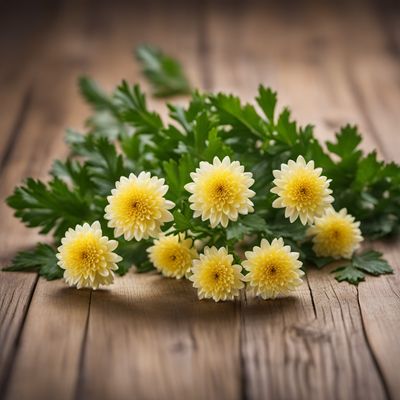
Garland chrysanthemums leaves
Edible Blossoms